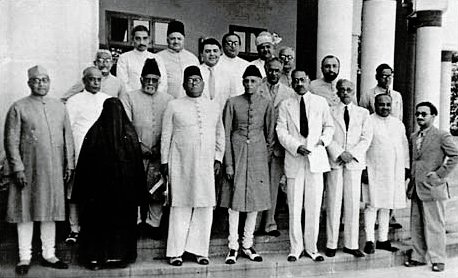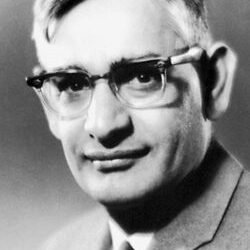Introduction
The founding of the All India Muslim League in 1906 was a watershed moment in the political history of colonial India. At a time when the Indian National Congress was emerging as the principal voice of Indian nationalism, the Muslim League was established to represent the interests and aspirations of the Muslim population, which constituted a significant minority in the vast and diverse subcontinent. The League’s formation marked the beginning of communal politics in India, ultimately shaping the path toward the creation of Pakistan and the partition of British India in 1947. This article explores the political context, key developments leading to the formation of the Muslim League, its early objectives, and subsequent impact on Indian politics and society.

Political Background and Causes of Formation
By the early 20th century, India was experiencing rapid political change under British colonial rule. The Indian National Congress, founded in 1885, increasingly came to represent nationalist aspirations mainly voiced by the Hindu majority and urban elites from diverse regions. Many Muslims, especially conservative and landed elites, felt that their interests were not adequately represented in Congress’s leadership or agenda.
Several factors contributed to the call for a separate Muslim political organization: fears of marginalization in a Hindu-majority political movement, protection of Muslim socio-religious identity, and safeguarding political and economic rights. The British administration also played a role by encouraging separate electorates and supporting the formation of institutions that divided Indians on communal lines as part of their ‘divide and rule’ policy.
The Meeting at Dhaka and the Founding
The All India Muslim League was officially founded on December 30, 1906, during a gathering of Muslim leaders at the Oriental Hall in Dhaka, Bengal. This meeting was inspired and encouraged by prominent Muslim leaders from Bengal and others across India. Nawab Salimullah of Dhaka, a key figure in the movement, presided over the session.
The founding members included notable personalities such as Aga Khan III, Muhammad Ali Jinnah (who would later become a key figure), Hakim Ajmal Khan, and others. The League was formed to advance Muslim political interests and establish a unified Muslim voice in the evolving colonial political landscape.
Objectives and Early Activities
The Muslim League’s initial objectives focused on promoting loyalty to the British Government, protecting Muslim rights, and seeking adequate representation in legislative councils and other Anglo-Indian administrative bodies. It was a conservative organization at its inception, favoring cooperation with British authorities rather than outright confrontation.
The League sought separate electorates and reserved seats for Muslims to ensure minority political protections. It also advocated for educational and social reforms within the Muslim community, aiming to uplift the socioeconomic status of Muslims in India. Early activities included lobbying colonial officials, holding annual conventions, and rallying Muslim opinion throughout India.
Relationship with the Indian National Congress
Initially, the Muslim League and the Indian National Congress were seen as complementary forces representing different communities within the larger framework of Indian nationalism. However, as the Congress adopted a more assertive anti-colonial stance and Hindu nationalist sentiments grew, tensions between the two organizations deepened.
The League’s insistence on separate Muslim interests gradually created a communal divide in Indian politics. The political differences culminated in periodic conflicts and eventual demands for a separate Muslim homeland, sowing the seeds for the eventual partition of India.
The Lucknow Pact and Growing Influence
A significant turning point was the Lucknow Pact of 1916, a joint agreement between Congress and the Muslim League that promised greater cooperation and mutual political concessions, including reserving a fixed number of seats for Muslims in legislatures.
This pact enhanced the Muslim League’s legitimacy and influence but also reinforced communal identities by explicitly recognizing religious minorities as political entities requiring separate representation. It marked the beginning of the League’s transformation from a marginal organization to a dominant political force among Indian Muslims.
Legacy and Role in the Independence Movement
Over the following decades, the Muslim League evolved to champion the cause of Muslim nationalism, culminating in the demand for Pakistan under Muhammad Ali Jinnah’s leadership in the 1940s. The League’s role was crucial in articulating Muslim fears of marginalization in a Hindu-majority Independent India and negotiating British India’s partition.
The founding of the Muslim League signifies the complex interplay of communal identity, colonial politics, and nationalism. It reflects how colonial policies and divergent community interests shaped the political destiny of India and South Asia.

Conclusion
The establishment of the All India Muslim League in 1906 created a platform for Muslim political expression in British India. While initially moderate and cooperative with colonial authorities, the League’s evolution changed the dynamic of Indian politics and ultimately led to the partition of India and the creation of Pakistan. Understanding its origins and development is essential to grasping the broader narratives of Indian independence and communal identity.




